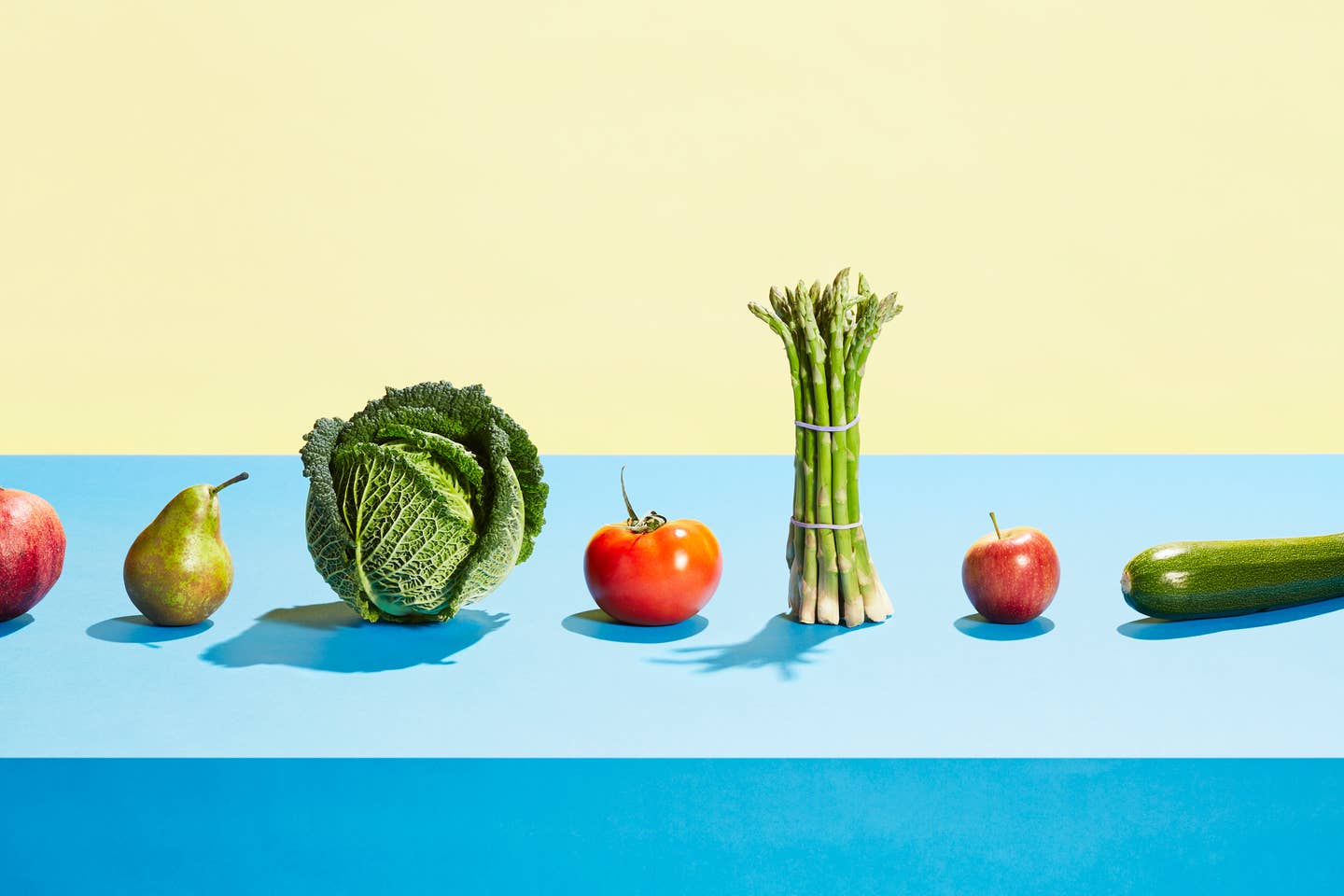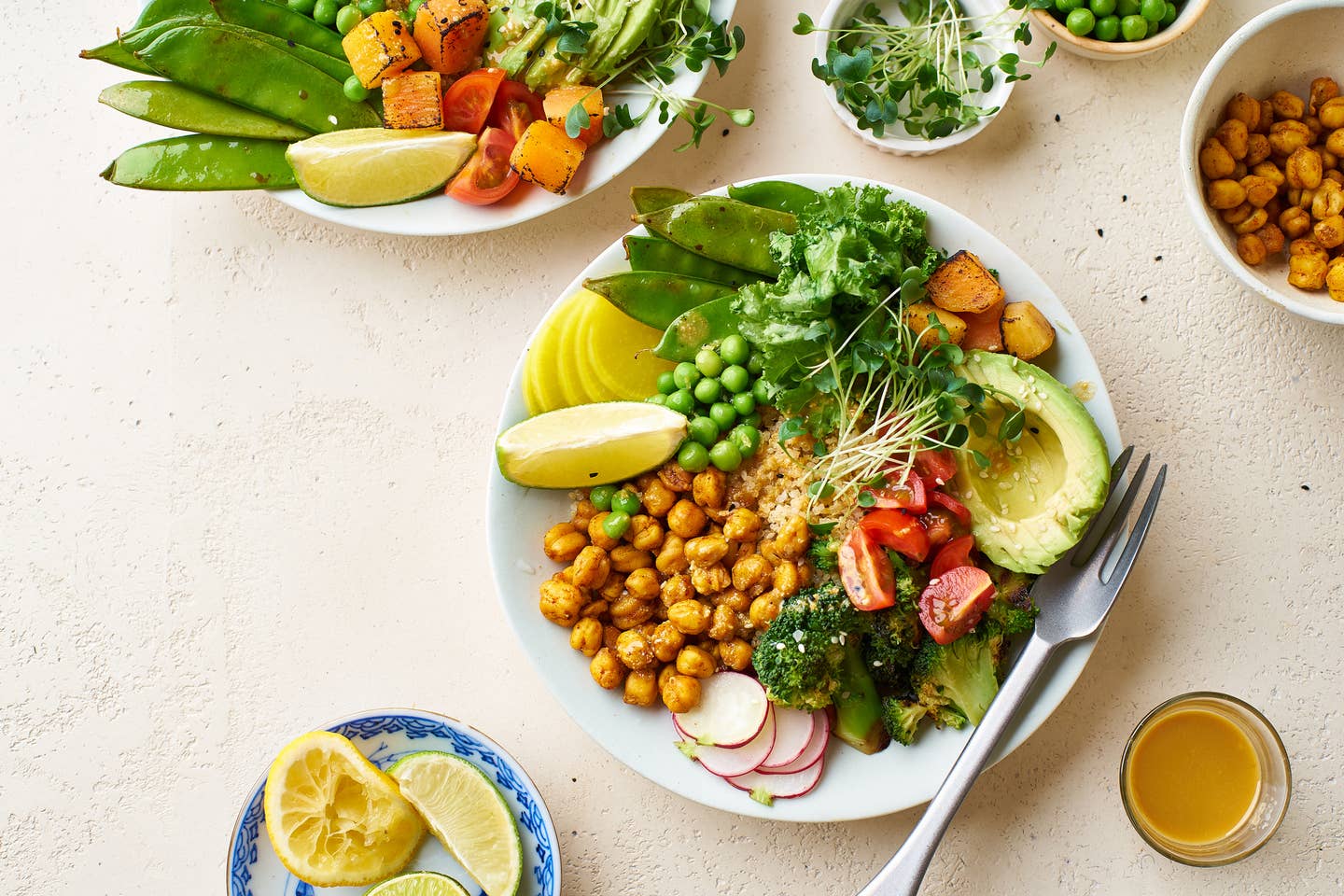
Want to Lose Weight and Still Feel Full? This Nutritionist says: Just Add Fiber
Q: I always hear about fiber. Why is that so critical to a healthy diet? And what is the right ratio of fiber to carbs?
A: Fiber is the “F word” that everyone should use more frequently. Many people only think about fiber for digestive health, but it does so much more. Fiber helps you feel full, banish the bloat, and turn on your body's natural ability to lose weight.
First, let's start off by defining what it is: Fiber is an indigestible carbohydrate that is found in plants. Whereas most carbohydrates are broken down into sugar molecules, fiber passes through the body undigested. As it does so, it takes with it bile acids, which helps to decrease cholesterol levels. Fiber also takes a while to be digested, which helps keep you feeling full and plays a role in regulating hunger. Lastly, it adds bulk to the waste product in your intestines and contributes to digestive regularity.
Fiber and Weight Loss
Fiber Helps Fight Disease
But that’s not all-- eating a high fiber diet has been linked to a reduction in many serious diseases. The Academy of Nutrition and Dietetics recommends that everyone consume plenty of daily fiber from plant foods, because “higher intakes of dietary fiber reduces the risk of developing several chronic diseases, including cardiovascular disease, type 2 diabetes, and some cancers, and have been associated with lower body weights.” Yet, with only 1 in 10 American adults eating enough veggies, most people don’t meet their daily fiber needs.
How to Get More Fiber in Your Diet
Women should eat 25 grams of fiber daily, while men need 38 grams. Fiber is most abundant in fruits, veggies, whole grains, beans, and legumes. If you’re looking to up your fiber game, start by filling half of your plate at every meal with a combination of fruits and vegetables. Many plant-based proteins, like beans, legumes, and soy, are also rich in fiber, so make sure you get plenty of protein at each meal. You’ll also find it in processed foods, but don’t be fooled.
Look at the nutrition label and do the math to compute the carbs to fiber ratio. If it’s around a 6:1 or 5:1 ratio, that's five carb grams to 1 fiber gram, you know the product has plenty of fiber. If it’s higher than that, it might be worth choosing another option. For example, a slice of bread with 20 grams of carbs and 5 grams of fiber (4:1 ratio) is a better choice than one that has 20 grams of carbs and 2 grams of fiber (10:1).
Use these numbers more as a guideline than a hard and fast rule. You’re allowed to indulge in foods that you love that aren’t full of fiber but try to make sure you get plenty of the “f word” every day to ensure a happy and healthy life.
Check out The 20 Foods to Eat With the Most Fiber, for Gut Health, Weight Loss, Improved Immunity and Mood.
Have a question for our experts? Email us at info@thebeet.com and your question could be answered in an upcoming "Ask the Expert" column.
More From The Beet






